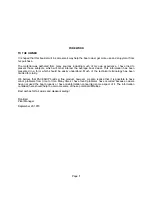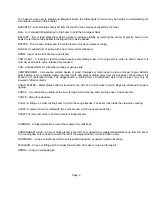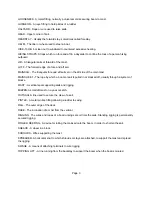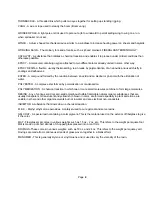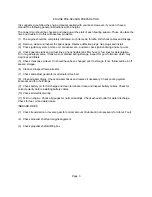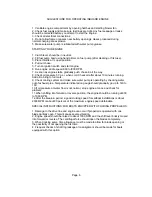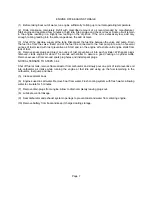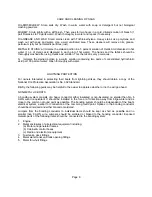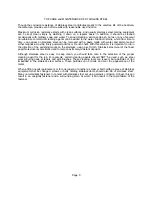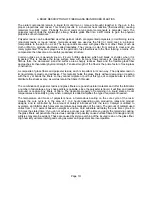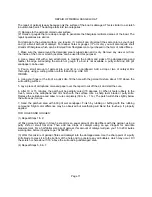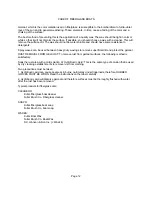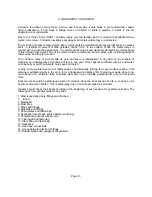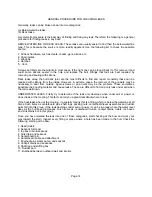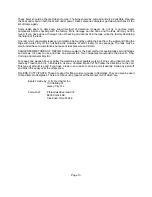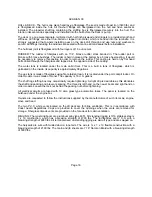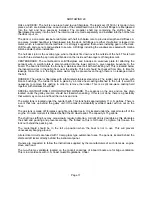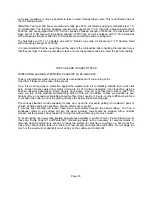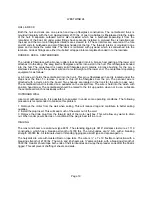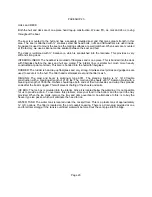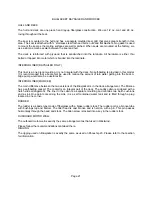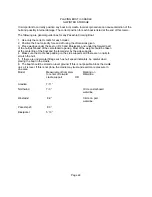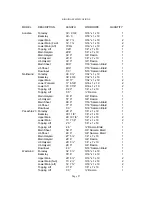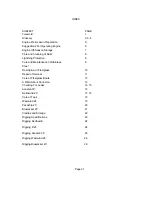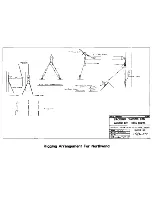
A BRIEF DESCRIPTION OF FIBERGLASS REINFORCED PLASTICS
The plural components remain in liquid form until two or more are brought together in the gun in the
proper proportions and mixed. This mixing results in a chemical heat reaction (thermosetting) causing
materials to solidify (cure). Probably the most common type plural components is polyester resin. The
polyester resin bonds the lightweight, strong, flexible glass fiber into a stiff matrix to gain the physical
properties of both materials.
Polyester resins can be classified as either gelcoat (which are pigmented polyesters) or reinforcing resins
(structural resins or lay-up resins). Gelcoats usually are used as the first (or color) coat in a product,
(comparable to the paint on a car. The lay-up resins are used with glass fibers or other fibers (such as
cloth or Mat) to produce structures called laminates. They range in color from amber to clear and are
rarely pigmented. They are sprayed over the gelcoat to fuse themselves to the fiber forming a matrix. The
components then become a monolithic (seamless) structure.
Common glass, as is generally known, it’s very brittle substance which will break or shatter, when it is
impacted. This is because the large surface area with its many flaws reduces its tensile strength. In
fibrous form, the decreased size and surface area sharply reduces flaws and the flexible glass fiber
approaches its theoretical physical strength. Tensile strength of the fiber is the prime factor of resin-glass
construction.
A composite of glass fibers and polyester resins, each is important in its own way. The polyester resin in
its liquid state is plastic and adhesive. This material holds the glass fibers without damaging or reacting
with them, yet bonds the fibers so they cannot migrate or pull out this type of composite also Is able to
distribute the stress evenly, as well as retain the fibers if it breaks.
The combination of polyester resins and glass fibers are good structural materials and offer the fabricator
a number of advantages. Any shape article is possible, since the polyester is liquid, it will flow and readily
surround or capture any fibers or fillers. The desirable property of remaining in a liquid state at room
temperatures and solidifying only when a catalyst is added simplifies the type of equipment needed.
The temperature and mass of polyesters have a tremendous bearing on the cure cycle of the resin.
Usually the cure cycle is in the area of 1 to 2 hours depending upon production rates and product
designs, and is controlled by the amount of catalyst introduced into the resin. Catalyst is utilized to
overcome an Inhibitor which prevents premature polymerization of the resin. The amount of catalyst used
varies from 1 to 3 percent based on weight or volume. Cold substrate will delay the cure time cycle 4 to
10 times the stated time. If you do not achieve a proper cure at the time you apply the remaining coating,
the glass fibers will penetrate the previous coatings and possibly cause surface flaws. Shrinkage and (or)
wrinkles may also be evident. These are caused by styrene etching of the incured resin on the glass fiber.
High humidity will also inhibit good curing as water and polyesters are incompatible.
Page 1O


